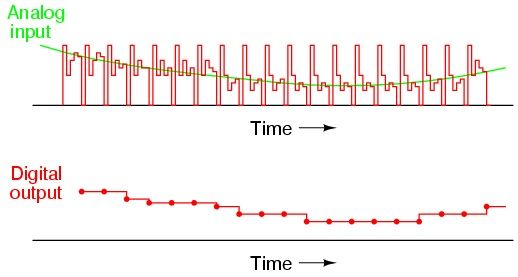Jun 22, 2013
Extreme Lifespans via Exposure to Information
Posted by Marios Kyriazis in categories: biotech/medical, evolution, life extension
It may be possible one day to use effective biotechnological therapies in order to achieve extreme lifespans. In the meantime, instead of just waiting for these therapies, it may be more fruitful to live a life of constant stimulation, hyper-connection and avoidance of regularity. This is something that everybody can do today, and may have a direct impact upon radical life extension, not only for the individual but also for society.
For some time now I have been advocating the notion that exposure to meaningful information may be one way of achieving radical life extension. By meaningful information I mean anything that requires action, and not just feeding your brain with routine sets of data. Examples of this include being hyper-connected in a digital world, an enriched environment (both in the personal space and in society as a whole), a hormetic lifestyle, behavioural models such as a goal-seeking behaviour, search for excellence, and a bias for action, as well as the pursuit innovation, diversification, creativity and novelty. Most importantly, the avoidance of routine and mediocrity.
This information-rich lifestyle up-regulates the function of the brain and may have an impact upon cell immortalisation. In my latest paper (http://arxiv.org/abs/1306.2734 I provide an explanation of the exact mechanisms. I argue that the relentless exposure to useful information creates new and persisting demands for energy resources in order for this information to be assimilated by the neurons. If this process continues for some time, there will come a point where our biological mechanisms will undergo a phase transition, in effect creating a new biology. Not one based on sex and reproduction but one based on information and somatic survival.
One possible mechanism involves the immortalisation sequences of germ cells. As we know, the DNA in germ cells is essentially immortal because it is somehow able to repair age-related damage effectively. Recent research shows that some of these immortalisation mechanisms do not originate from the germ cells but from the somatic cells! In other words, our bodily cells create biological material such as error-free sequences of DNA and instead of using this themselves for their own survival, they pass it on to the germ cells to assure the survival of the species. This means that the germ-line remains immortal whereas the bodily cells eventually age and die.
Continue reading “Extreme Lifespans via Exposure to Information” »













